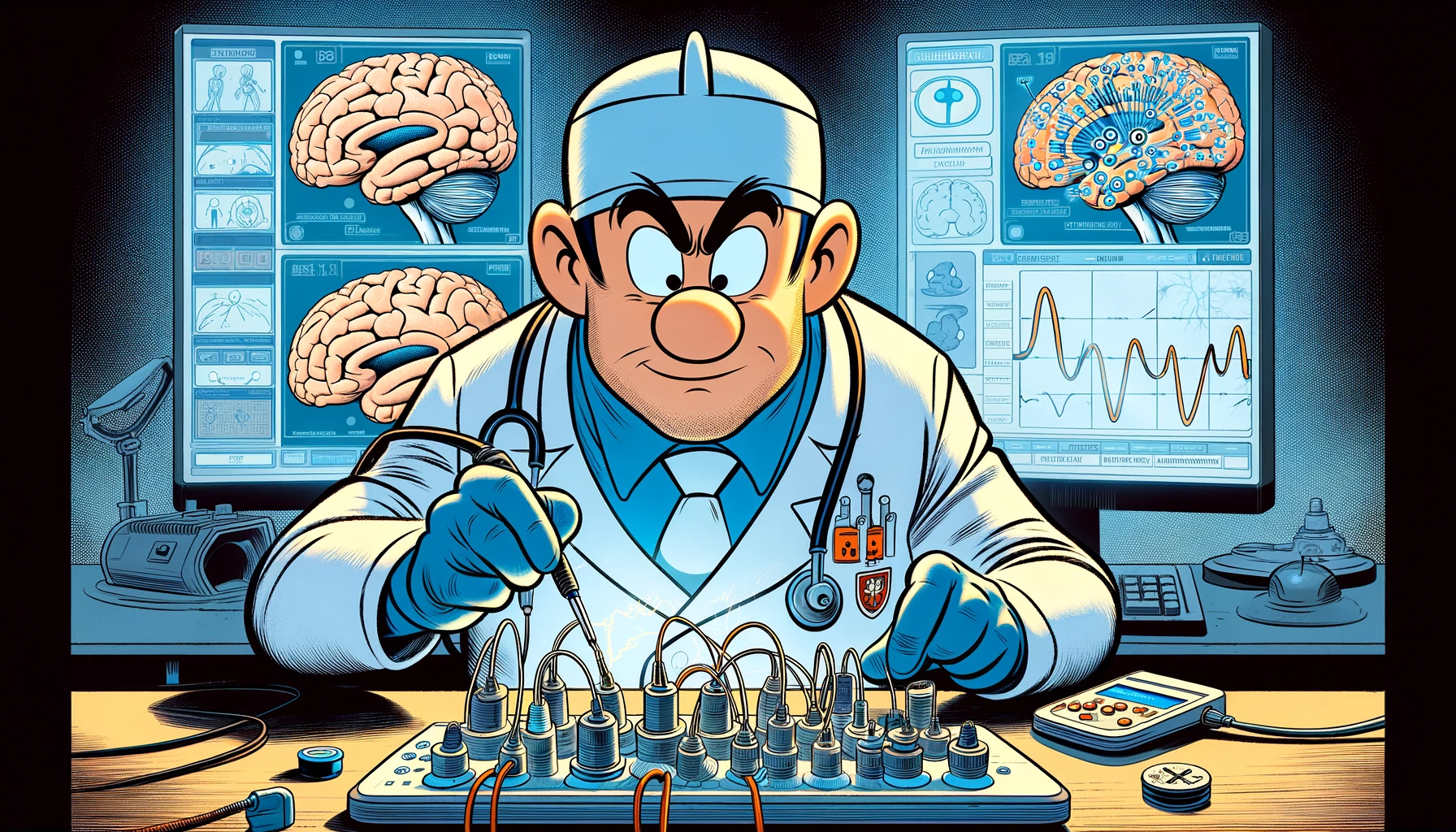Explore the groundbreaking insights into how pain neuroscience education before surgery can significantly alter pain perception and recovery in patients with lumbar radiculopathy.
– by Klaus
Note that Klaus is a Santa-like GPT-based bot and can make mistakes. Consider checking important information (e.g. using the DOI) before completely relying on it.
The mediating role of pain cognitions and pain sensitivity in the treatment effect of perioperative pain neuroscience education in people undergoing surgery for lumbar radiculopathy.
Van Bogaert et al., J Pain 2024
<!– DOI: 10.1016/j.jpain.2024.03.017 //–>
https://doi.org/10.1016/j.jpain.2024.03.017
Ho-ho-ho! Gather around, my dear friends, for I have a tale to tell that’s as intriguing as finding out what’s under the Christmas tree on a snowy morning. This story isn’t about elves, reindeer, or my sleigh, but about something equally magical in its own right – the power of education, specifically Perioperative Pain Neuroscience Education (PPNE), in the frosty realm of surgery for lumbar radiculopathy.
In a workshop not so different from mine, where instead of toys, knowledge and care are crafted, researchers embarked on a sleigh ride of discovery. They were curious, you see, about how PPNE, a special kind of pre-surgery schooling, helps patients not just to jingle all the way through their surgical journey but to actually improve their quality of life afterward. Like the mystery of how I fit all those presents into my sleigh, the mechanisms behind PPNE’s success were not fully understood.
So, they gathered 120 brave souls, who were about to embark on their own journeys through surgery for lumbar radiculopathy. These participants were split into two groups: one received the magical teachings of PPNE, while the other was given a more traditional biomedical education. The goal was to see how these different pre-surgery lessons affected their post-surgery sleigh ride, particularly their quality of life one year after surgery, measured by something called the Short Form 36-item Health Survey.
But what’s a Christmas story without a bit of mystery? The researchers were particularly interested in whether changing the way patients think about their pain (their pain cognitions) and how sensitive they are to pain (their pain sensitivity) played a role in PPNE’s effectiveness. They checked in on these adventurers 6 weeks after their surgery to measure these very things.
And what did they find, you ask, as you sip your hot cocoa by the fire? Well, it turns out that one particular type of thought, known as pain catastrophizing – essentially, when one expects the worst about their pain – was like the Grinch stealing Christmas. When PPNE helped reduce these bah-humbug thoughts, patients’ physical quality of life significantly improved. However, no such effect was found for the mental component of their quality of life, nor through any other pain cognitions or sensitivity measures.
In the end, my friends, this tale reminds us of the power of positive thinking and education. Just as believing in the magic of Christmas can fill your heart with joy, understanding and managing one’s thoughts about pain can truly make a difference in the journey to recovery. So, let’s raise our glasses of milk (or eggnog, if you prefer) to the researchers and their findings, for they’ve added a bit more magic to the world, one patient at a time.
Perspective: This enchanting study revealed that reducing pain catastrophizing through PPNE could be the secret ingredient to improving physical quality of life after surgery for lumbar radiculopathy. A true Christmas miracle, showing us the power of education to bring comfort and joy!
